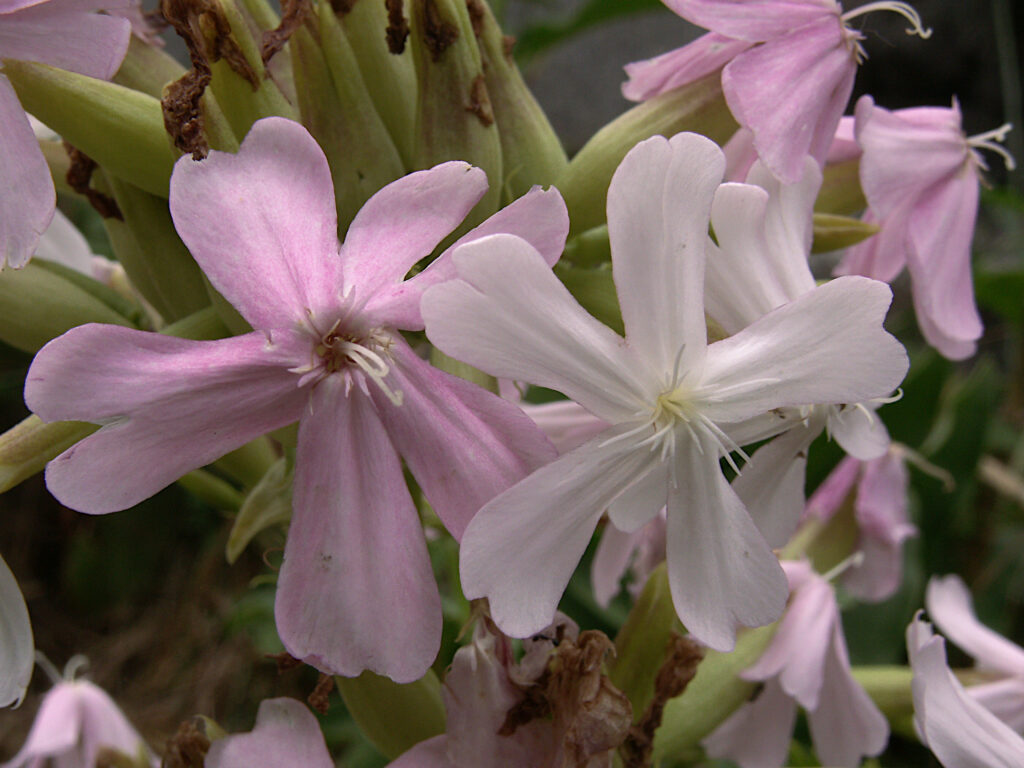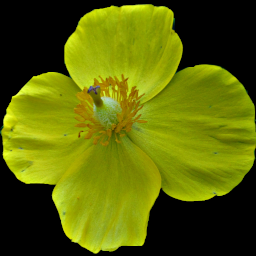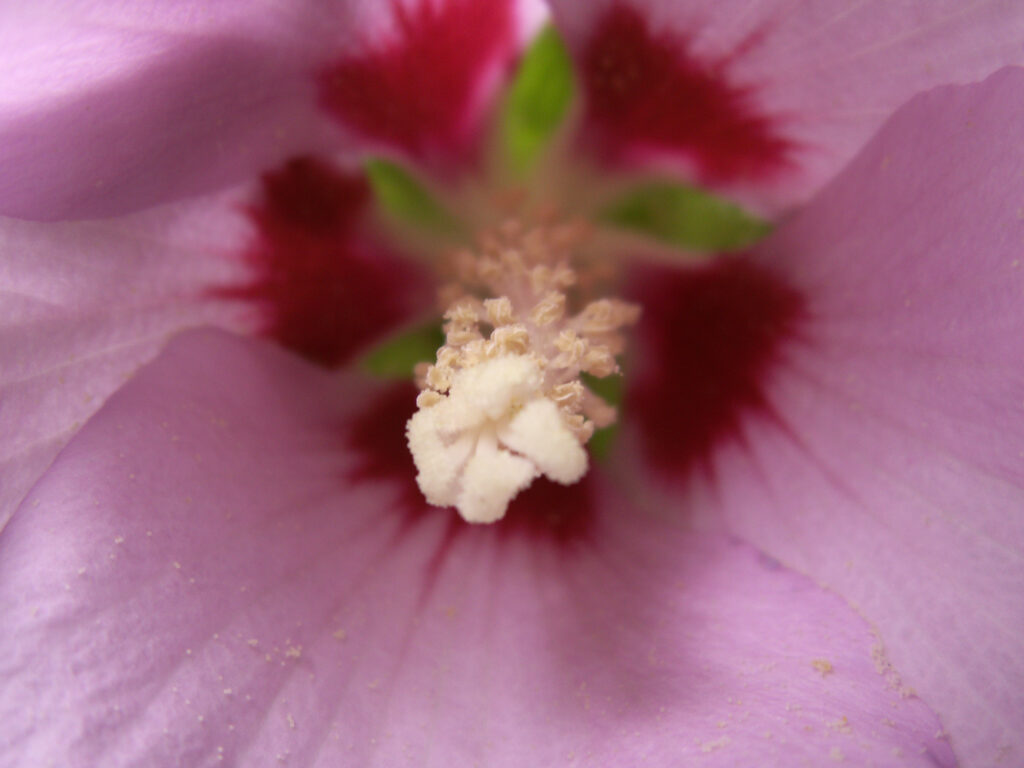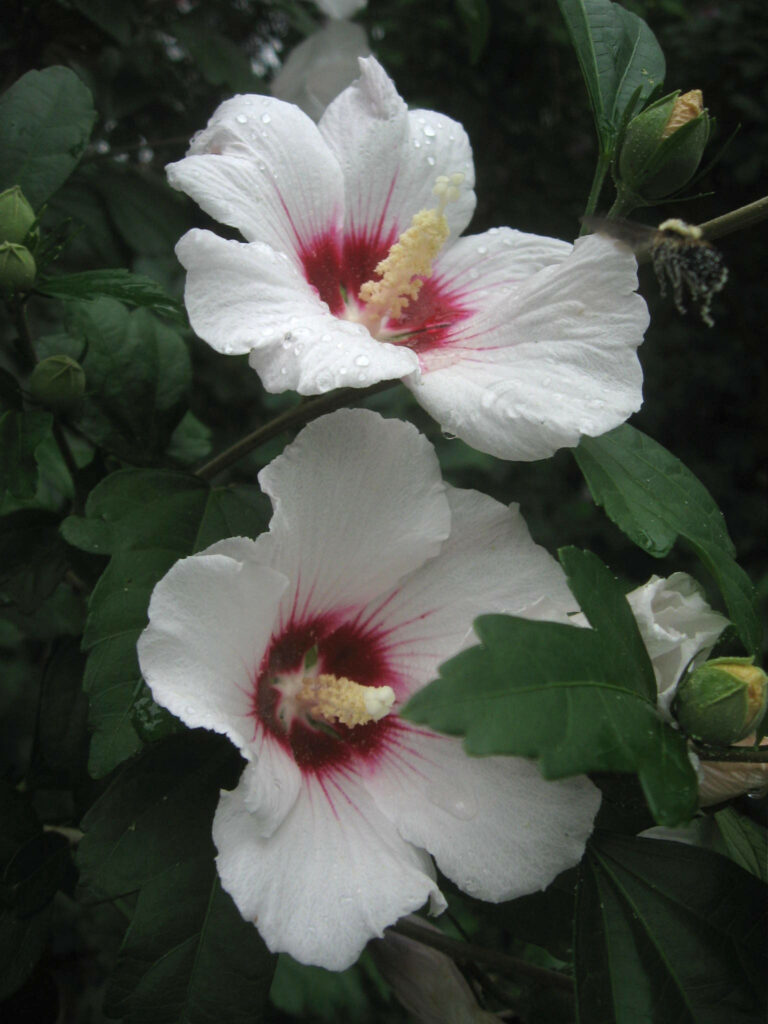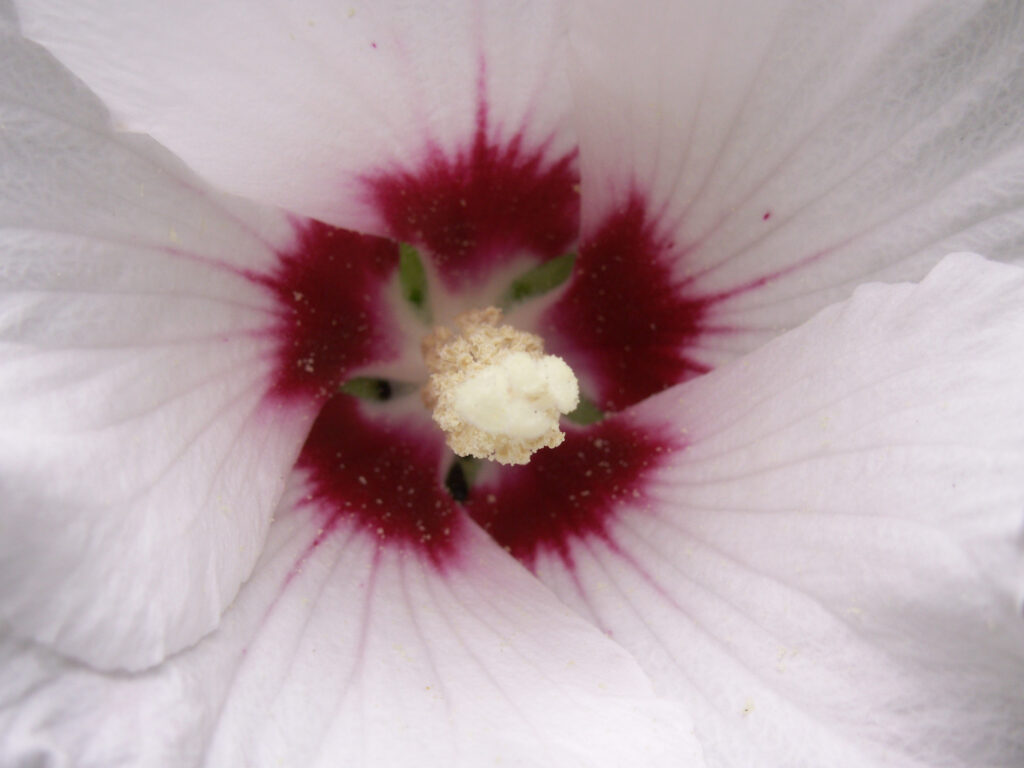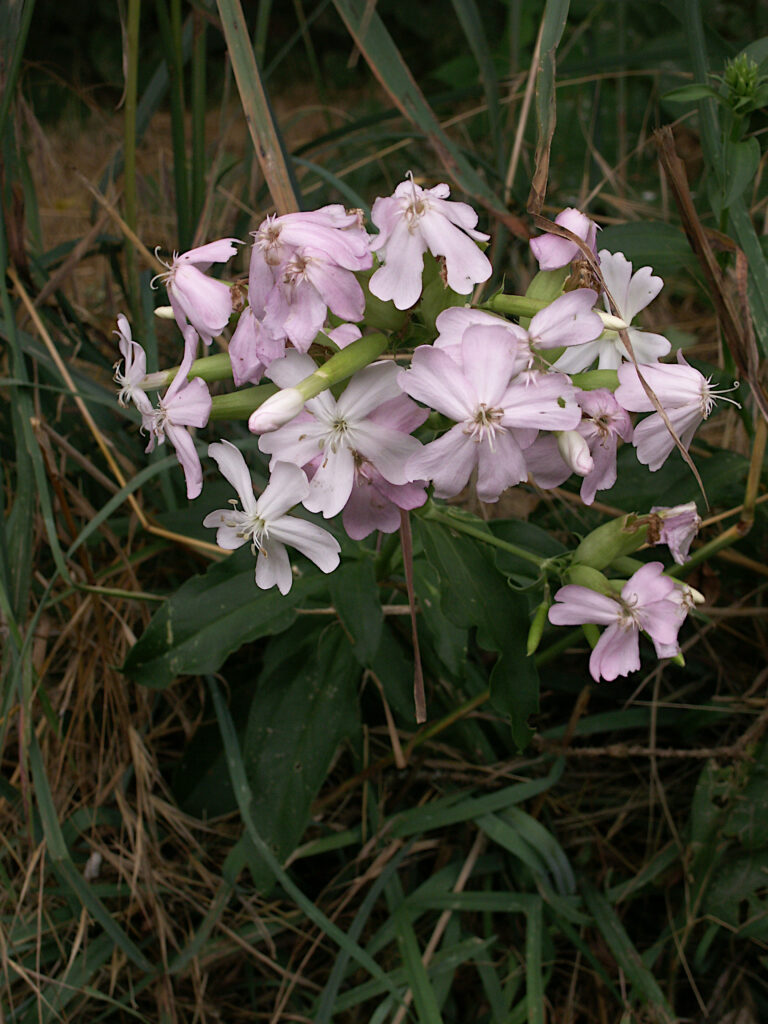
A cheerful garden flower that has made itself at home here. It is frequently found at the edges of lawns or along roadsides; these plants were blooming along the edges of a German cemetery in Beechview.

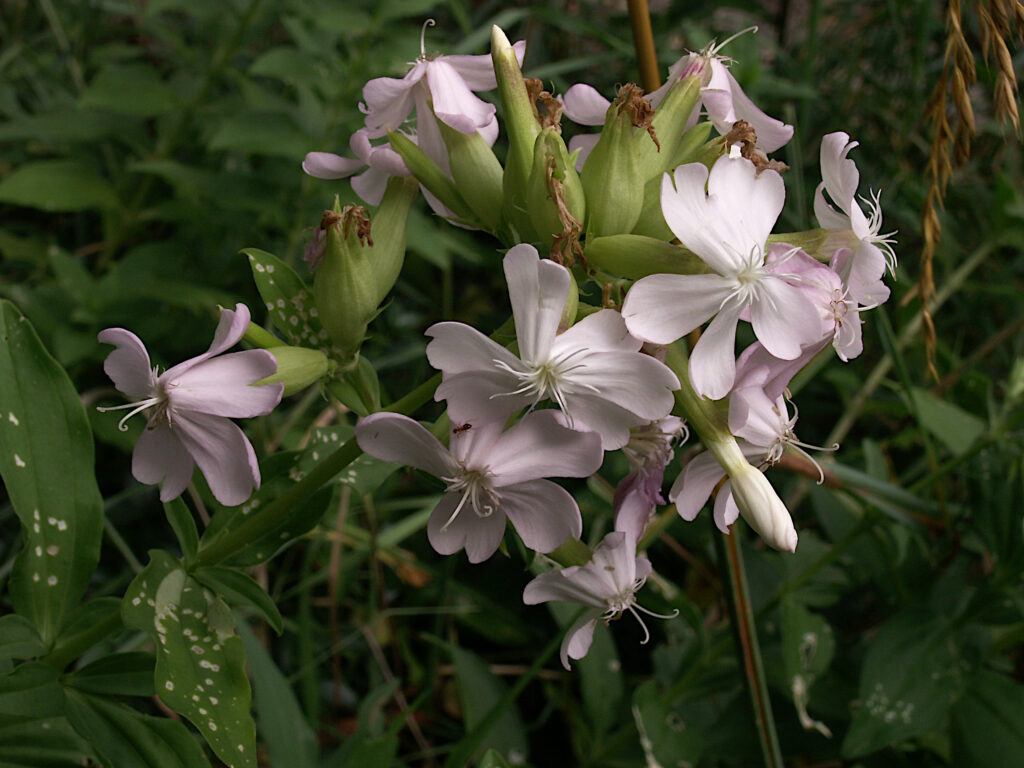
For a description of the species, see the Saponaria officinalis reference page.
